Monument in the heart of the people of the Southwest region
Ut Tich's real name is Nguyen Thi Ut, born in 1931 in Tam Ngai ( Vinh Long ), where the Kinh and Khmer villages intersect.
She is Kinh, motherless since childhood, used to sell tea, carry water, glean rice... to make a living. Married early, having 6 children, she is a typical woman who "doesn't like to talk much, says she will do, does it by all means, does it to death".
Her husband, Mr. Lam Van Tich, was a Khmer ethnic, also a revolutionary cadre working secretly. After Mr. Tich was murdered by the enemy, she decided to take her child to the forest and join the guerrilla team. All she brought with her was a checkered scarf, a handful of cold rice, a rusty rifle and an unusually loyal heart.
No one had taught her how to climb over barbed wire fences, nor had any books taught her how to hide bombs in rice baskets. Everything she did was from the heart and experience of a seasoned mother - someone who understood what it meant to lose, to make sacrifices for her child to live.
Despite countless hardships on the battlefield, she still did not leave the ranks. Someone advised: “You have lost your husband but still have 6 young children, so go home.” But she only said: “If we go home, who will fight the enemy?”
She was not the first woman to go to war, nor the only woman to sacrifice. But she was filled with motherly love, wifely love, love for the people, love for comrades and love for the Fatherland. That is what made her an icon that does not need to be embellished or idealized.
When she fell in battle in 1968, her youngest daughter was just 3 years old. There was no grand funeral, no trumpets, no medals, but thousands of women in the West cried for her.
An old Khmer woman once said at the memorial service for Ut Tich in Vinh Long: “I don’t have much education, but I always remember the name Ut Tich. Because my daughter is now raising her child alone like she did before…”.
That saying is enough to understand: Sister Ut Tich is not only a revolutionary symbol, but also a flesh and blood figure in the lives of the people in the West.
Statue of Ut Tich. Photo: Western Tourism
The statue of Ut Tich - a small figure, holding a gun, looking forward - is cast in bronze and is currently located in Tam Ngai. Her memory is not only preserved by a stone stele but also by the passing down of admiration and silent tears when her name is mentioned.
The flame of life
Today, if you go to the West, it is not difficult to see women following in the footsteps of Sister Ut Tich. They do not carry guns into battle, but they do not retreat before the new challenges of peacetime.
A typical example is Provincial Party Committee member and Director of the Department of Ethnic Minorities and Religions of Vinh Long, Thach Thi Thu Ha - a Khmer ethnic woman, who gradually rose from the revolutionary base area.
With her political knowledge and empathy for the lives of her fellow countrymen, over the years, Ms. Ha has been a pioneer in promoting religious harmony, maintaining Kinh-Khmer solidarity, and promoting poverty reduction and entrepreneurship programs for ethnic minority women.
Another example is Ms. Nguyen Thi Nhien - Chairman of Phong Thanh Commune People's Committee. She was born and raised in Tam Ngai Commune, always taking on difficult tasks, from supporting people in remote areas to access policies to "knocking on every temple door" to mobilize famine relief, providing rice for the poor season. People call her "the daughter of Ut Tich land", because she not only works well but also maintains the spirit of dedication, hard work, living for the people, close to the people - as Ms. Ut used to live.
Ms. Ha, Ms. Nhien, and many other women in the Southwest region are always compared respectfully by the people: "As brave as Ut Tich", "As dedicated to work as Ut in the past...".
It is from the spirit of Ut Tich that today's women - as cadres, mothers, and Party members - have transformed into silent flames in the cause of defending the country in peacetime.
In the era of social media explosion and expanding ideological space, reactionary forces, political opportunists, and disguised non-governmental organizations are constantly exploiting women, ethnic, and religious issues to attack the Party and the State, especially in remote areas and ethnic minority areas. Those working in ideological and media work must speak out with sharp arguments, accurate information, and vivid images of revolutionary reality.
In today’s battle for people’s hearts, women in the base areas are not a weak point, but a fulcrum to maintain the Party, the country and the people’s trust. The more difficult the situation, the more solid their presence is, like mangrove roots deeply rooted in the mud. They are a living testament to the effectiveness of policies, to the will to overcome difficulties, and to the mettle of Vietnamese women in the journey of development.
If in the past, Ut Tich held a gun to fight the enemy, today, the women in the base area hold a pen, type on the keyboard, pass resolutions, work as commune cadres... to continue fighting on a front without gunfire: the front to protect justice, tradition, and Vietnamese values.
Need a strategy to support "peacetime heroes"
As the country entered peacetime, women in the base areas, especially those from ethnic minorities, continued to face other "battles": fighting poverty and lack of livelihood; fighting gender prejudice and cultural barriers; fighting to preserve identity and have a voice in the community...
Although the Party and State have made many efforts, in many places, women in base areas are still "the last ones" in policy journeys.
I think we need more revolutionary policies to develop "Ut Tich in peacetime", not just subsidies or movements but real changes in position and development opportunities.
Policies must see women in depth, not only as objects of support, but also as creators. Women in the base areas need to be empowered: the right to participate in government, the right to access land, credit, vocational education, digital technology... They should not be "zoned" in population - education - reproductive policies, but must be placed at the center of community development strategies.
On the other hand, we must integrate “gender - ethnicity - location” into each specific policy. Don’t just talk about ethnic women in general. Khmer women in the West are different from Mong women in Muong Nhe or Cham women in Ninh Thuan. Each group has its own characteristics, culture, and barriers. If not careful, policies can easily become formalities.
There is a great need for a set of indicators to monitor progress in gender equality in ethnic minority areas, specifically at the commune and hamlet levels, stratified by ethnicity, age, and location. Only then can policies "touch" real people and real events.
In particular, a policy communication strategy “from the heart of the people” is needed, inspiring with vivid symbols like Ut Tich. Women need faith and inspiration to commit themselves, to confidently step out of prejudice in the country’s development journey today. Films, newspapers, and educational programs need to put women in the position of “leaders in the front” and no longer “sacrificers behind”.
Authorities at all levels must be responsible for "sponsoring the advancement" of ethnic minority women not only through slogans but also through institutions, budgets and human resources. Do not let women's associations manage on their own. Sectors and levels, especially those working with ethnic and religious groups, party organizations, unions, etc., must consider creating conditions for ethnic minority women to advance as a part of assessing leadership quality.
It is possible to apply the model of "commune-level ethnic women policy assistant", as localities have done with population work or new rural areas, so that "empowerment" does not stop at documents.
Proposing policy solutions for women in base areas and ethnic minority areas
To continue to improve policies for women in base areas, remote areas, and ethnic minority areas - those who are playing the role of "soft front" but strategic in today's battle for people's hearts and minds, we would like to propose the following solutions:
One is Establish a national action program “Women in the base areas for sustainable development in the period 2025-2035”. It is necessary to build a key, inter-ministerial and inter-sectoral action program, focusing on 5 pillars: Developing human resources for ethnic minority women; Supporting livelihoods and start-ups for rural women; Integrating gender into all policy designs at the provincial and communal levels; Preserving and promoting the role of women in ethnic culture; Preventing violence, exploitation, and gender prejudice in remote areas.
This program needs to have its own budget, quantitative assessment criteria, and be linked to major strategies such as: National Target Program, Gender Equality Strategy, Resolution 18-NQ/TW on streamlining the apparatus, improving the effectiveness of the political system...
Two is Established the “Ut Tich Flame” Fund to support women overcoming difficulties in extremely difficult areas. This fund is dedicated to awarding scholarships to ethnic minority female students who, despite their special circumstances, have the desire to study; supporting women starting businesses in communes in former base areas; organizing writing, communication, and research competitions on examples of revolutionary women…
Third is to add to the curriculum and mass media typical images of revolutionary women, including Ut Tich, so that the younger generation understands that Vietnamese women are not only traditional symbols but also a fighting force for the future.
Fourth is to organize a national conference and publish a specialized publication on “Women in Base Areas - From History to Policy”. This will be a forum to honor specific examples; policy dialogue between management agencies - researchers - women in remote areas; revive a treasure trove of revolutionary history from a women's perspective, to add a layer of humanistic and political depth to current development theory.
Source: https://vietnamnet.vn/chi-ut-tich-bieu-tuong-bat-tu-cua-phu-nu-vung-dan-toc-thieu-so-o-nam-bo-2423814.html



![[Photo] Closing ceremony of the 18th Congress of Hanoi Party Committee](https://vphoto.vietnam.vn/thumb/1200x675/vietnam/resource/IMAGE/2025/10/17/1760704850107_ndo_br_1-jpg.webp)

![[Photo] Collecting waste, sowing green seeds](https://vphoto.vietnam.vn/thumb/1200x675/vietnam/resource/IMAGE/2025/10/18/1760786475497_ndo_br_1-jpg.webp)
![[Photo] General Secretary To Lam attends the 95th Anniversary of the Party Central Office's Traditional Day](https://vphoto.vietnam.vn/thumb/1200x675/vietnam/resource/IMAGE/2025/10/18/1760784671836_a1-bnd-4476-1940-jpg.webp)

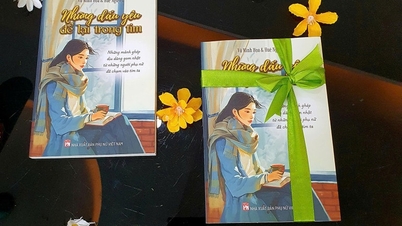

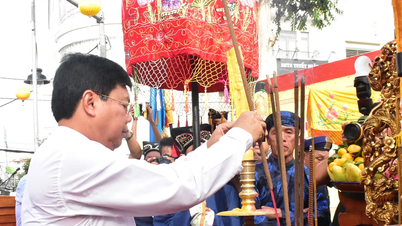

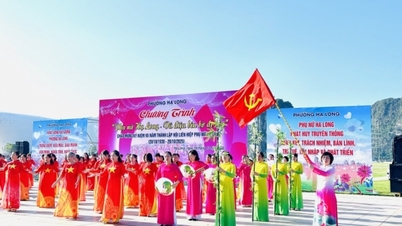



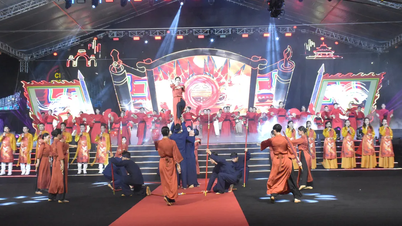
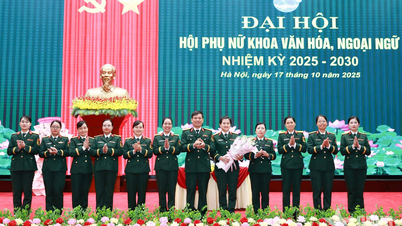

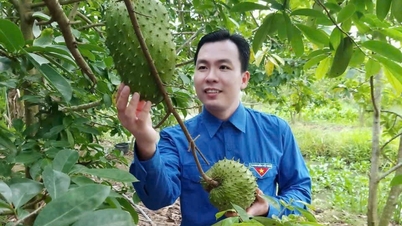

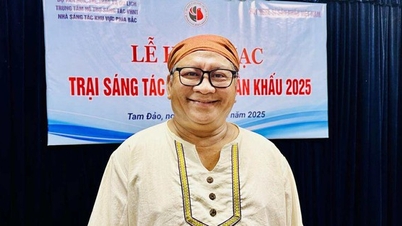




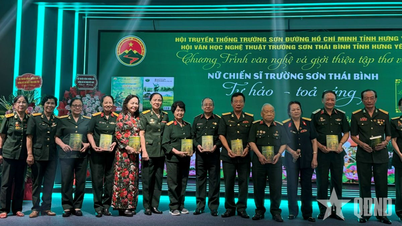





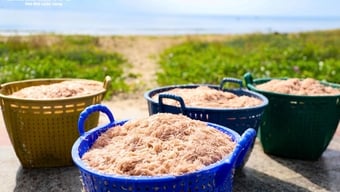




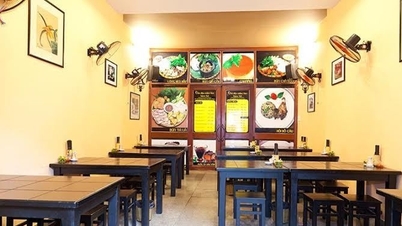

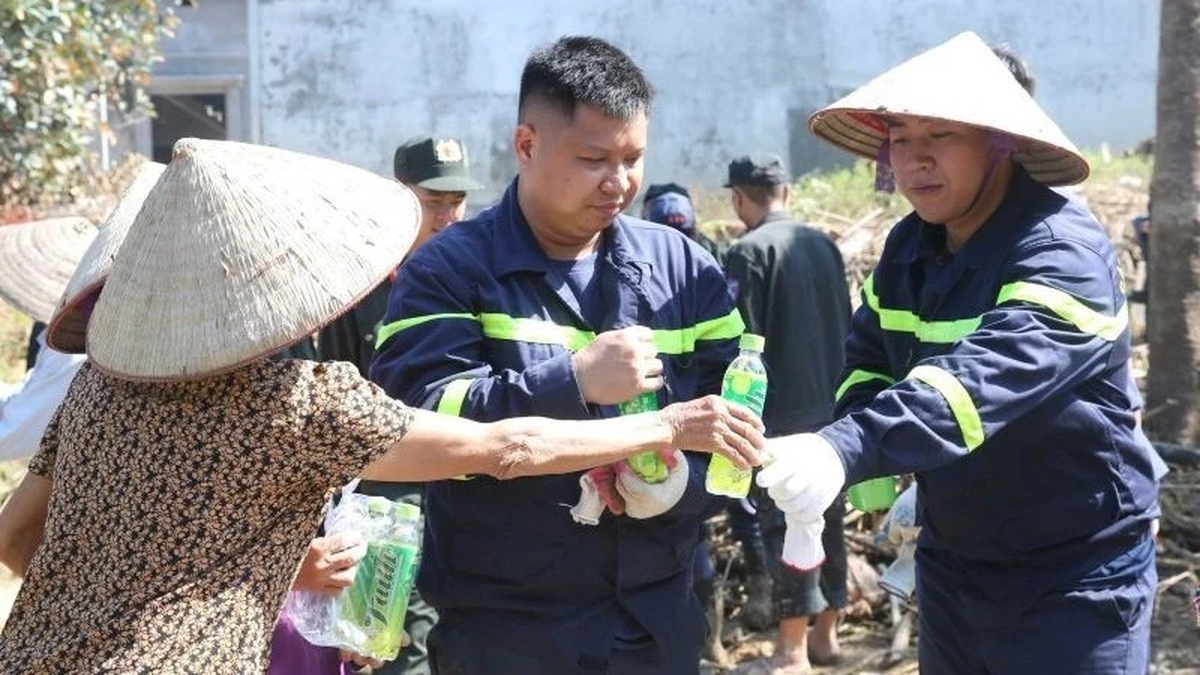
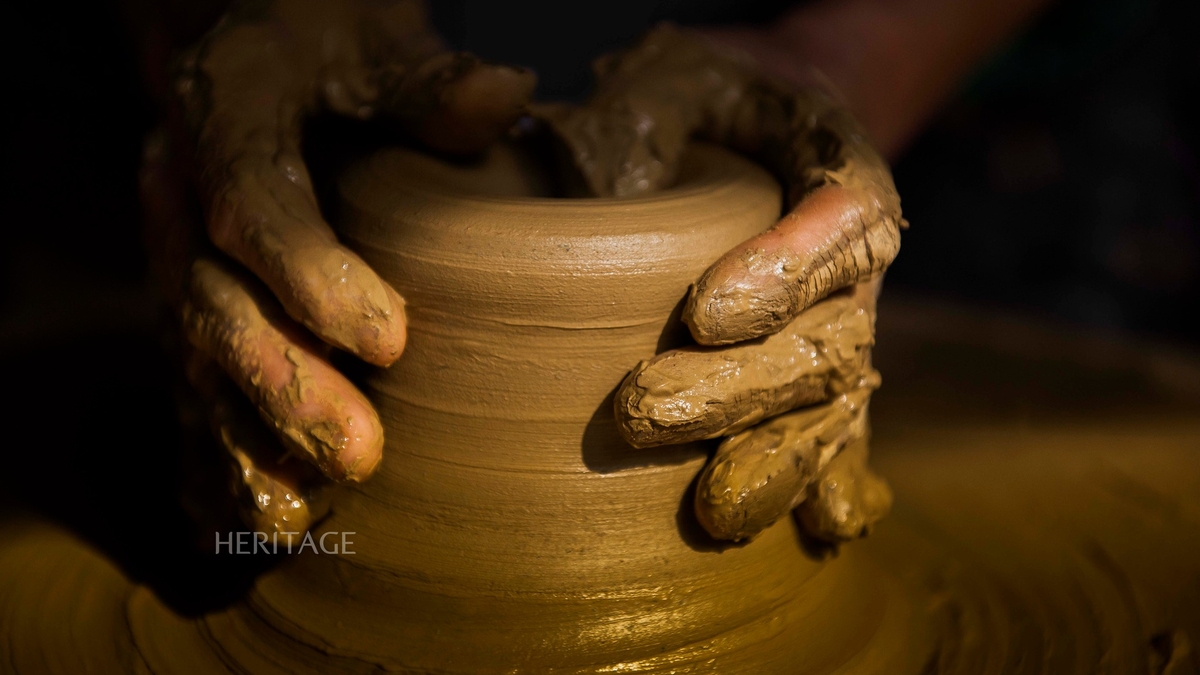
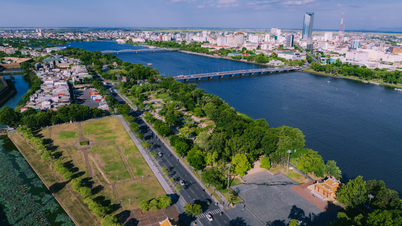


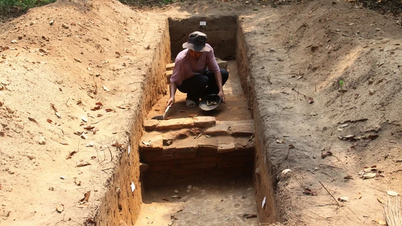

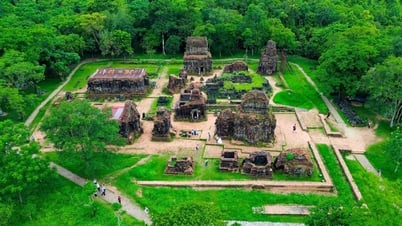

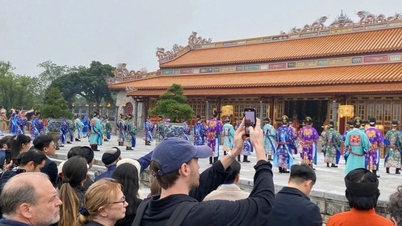






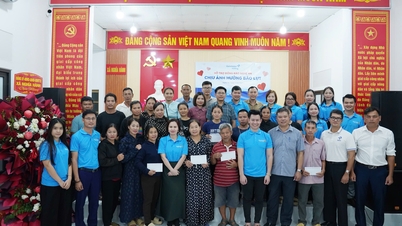
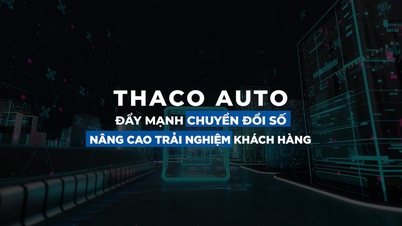

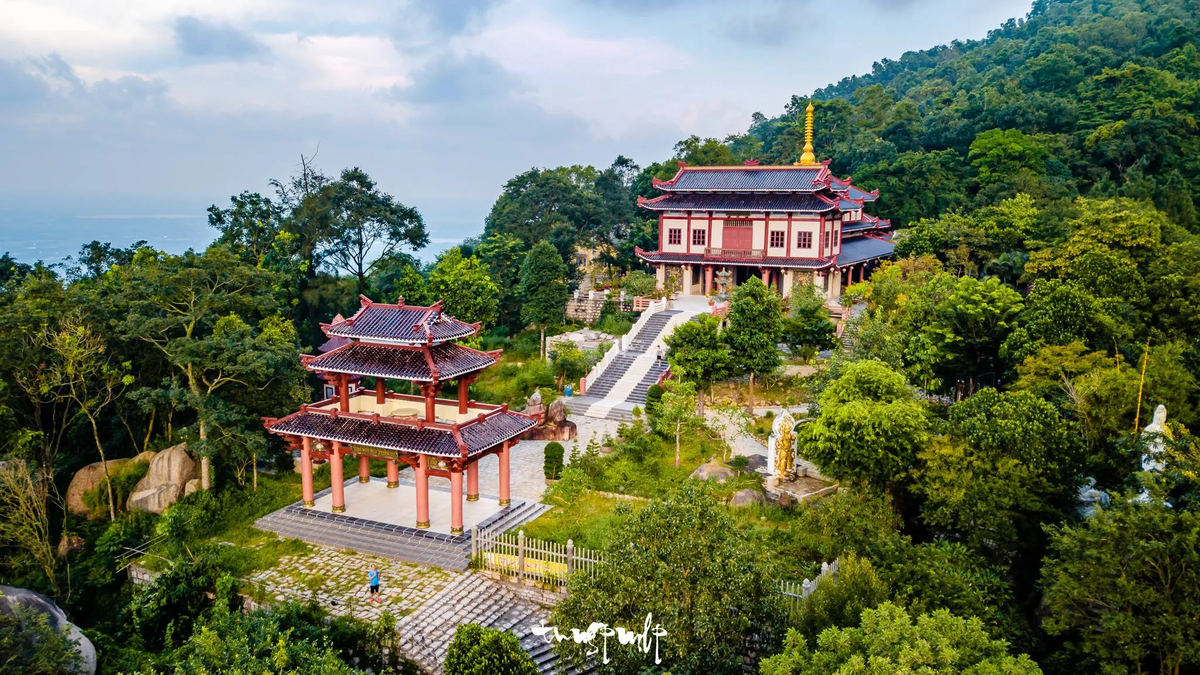
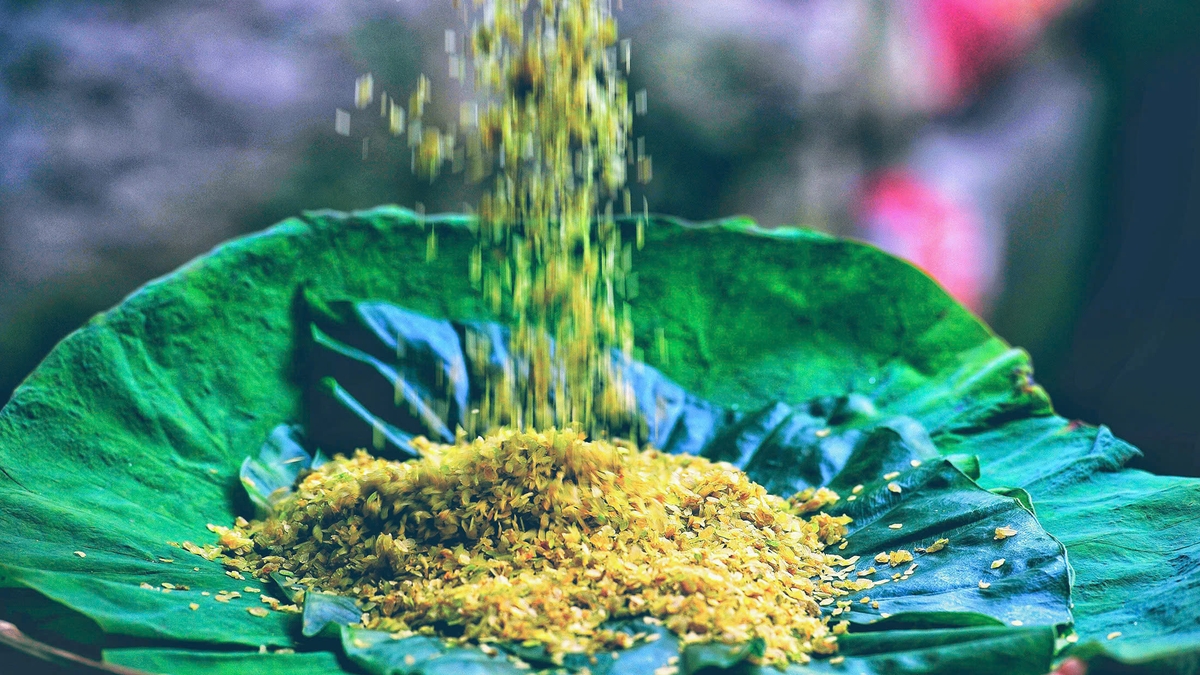
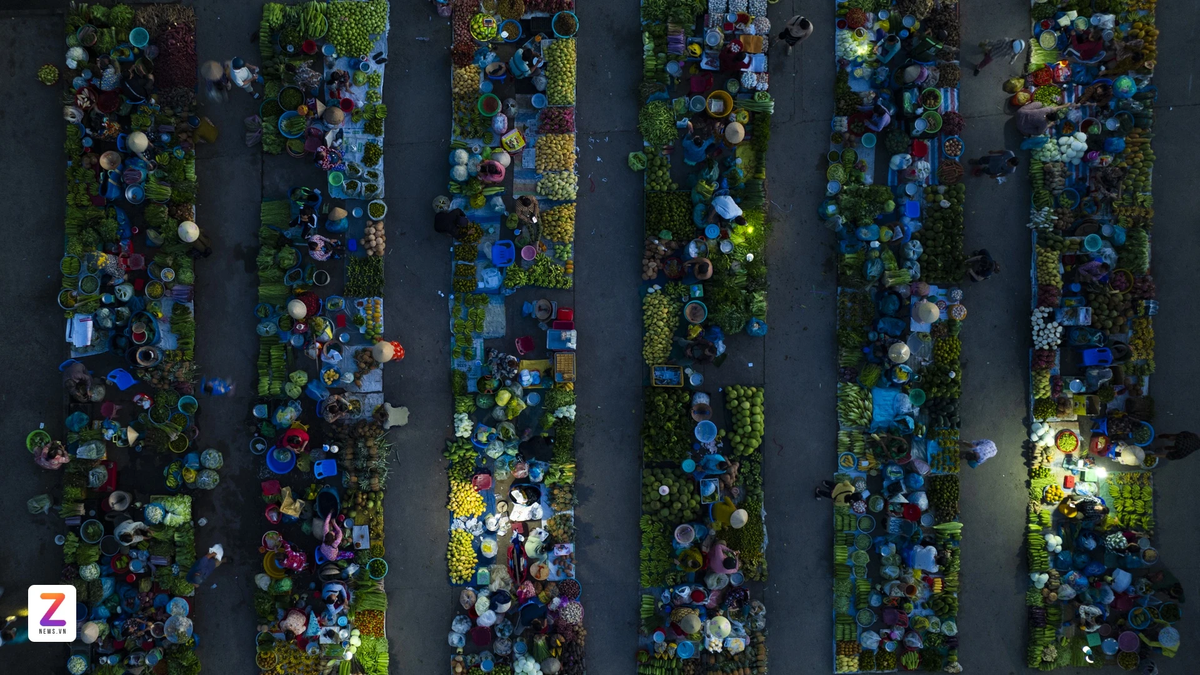
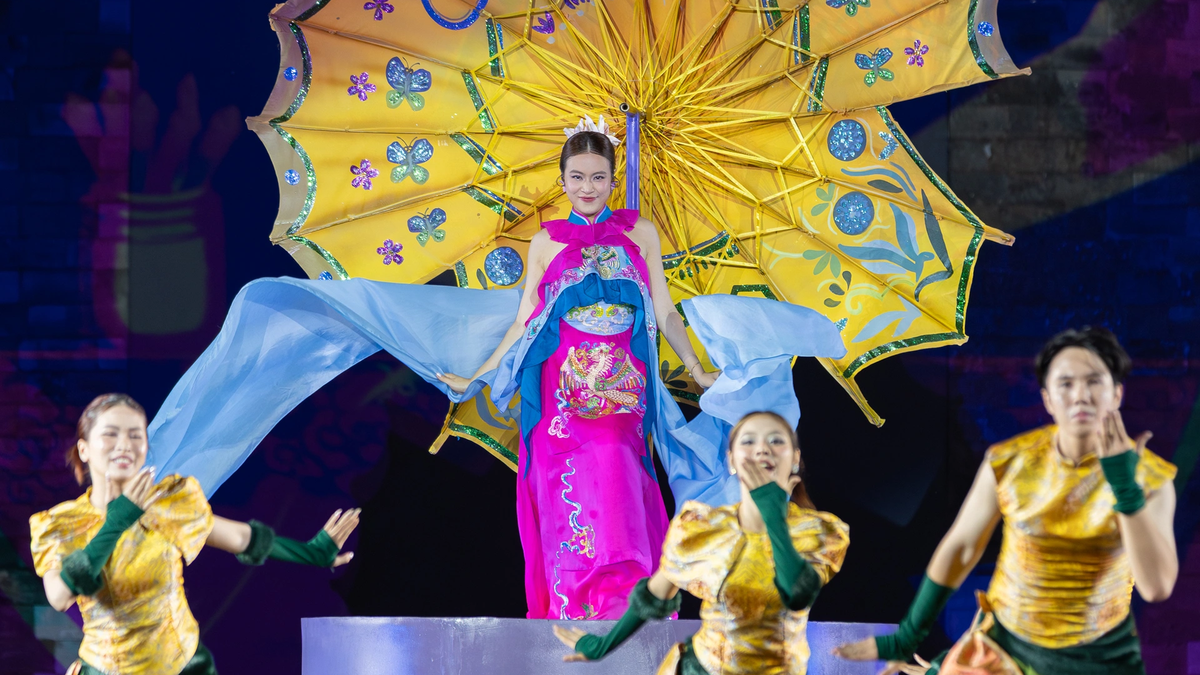

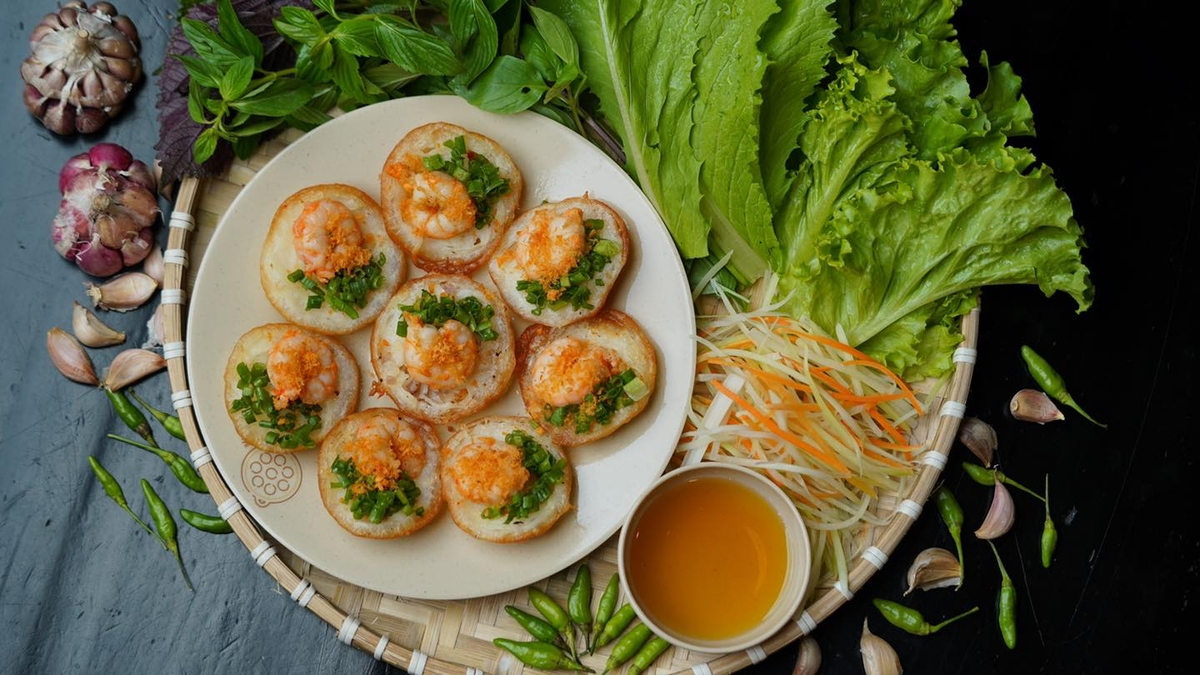
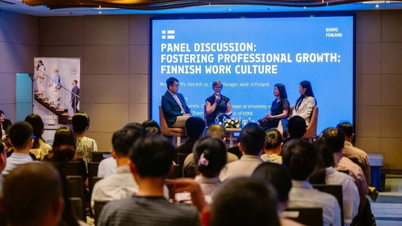



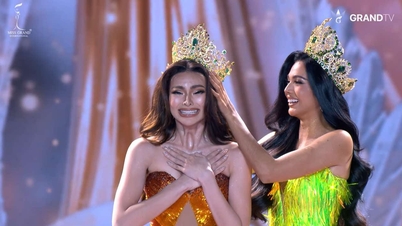


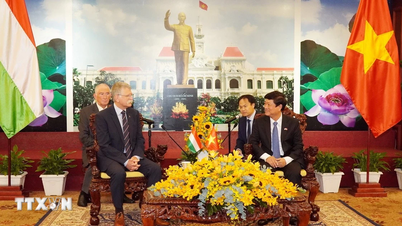




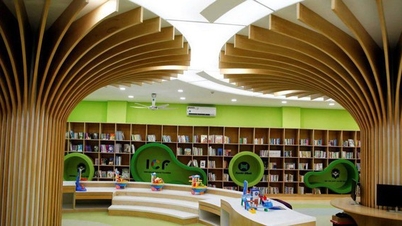

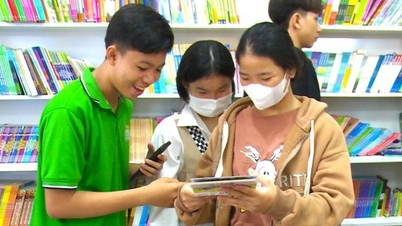



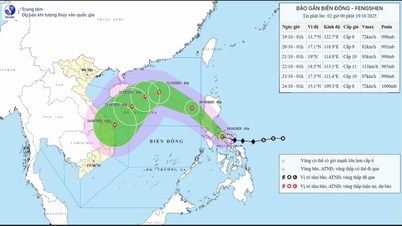



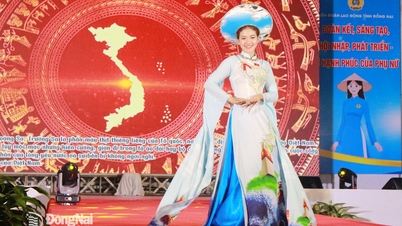
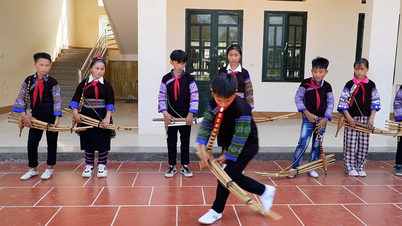

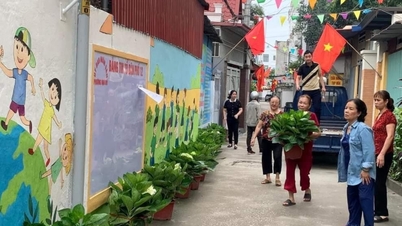

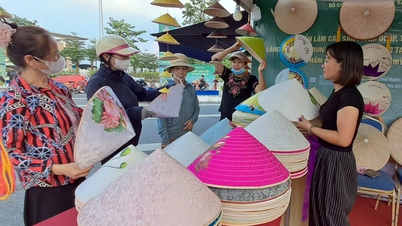
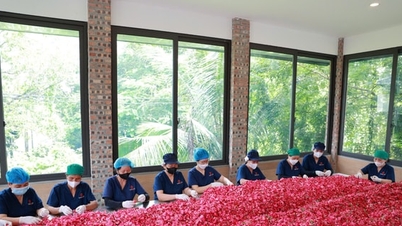

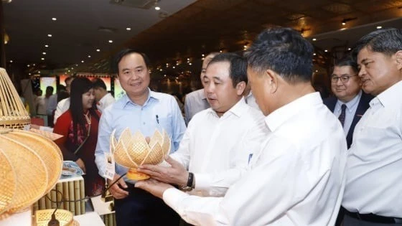
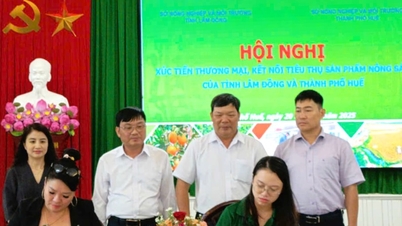

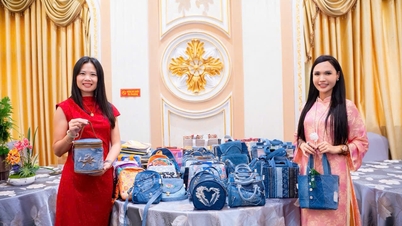


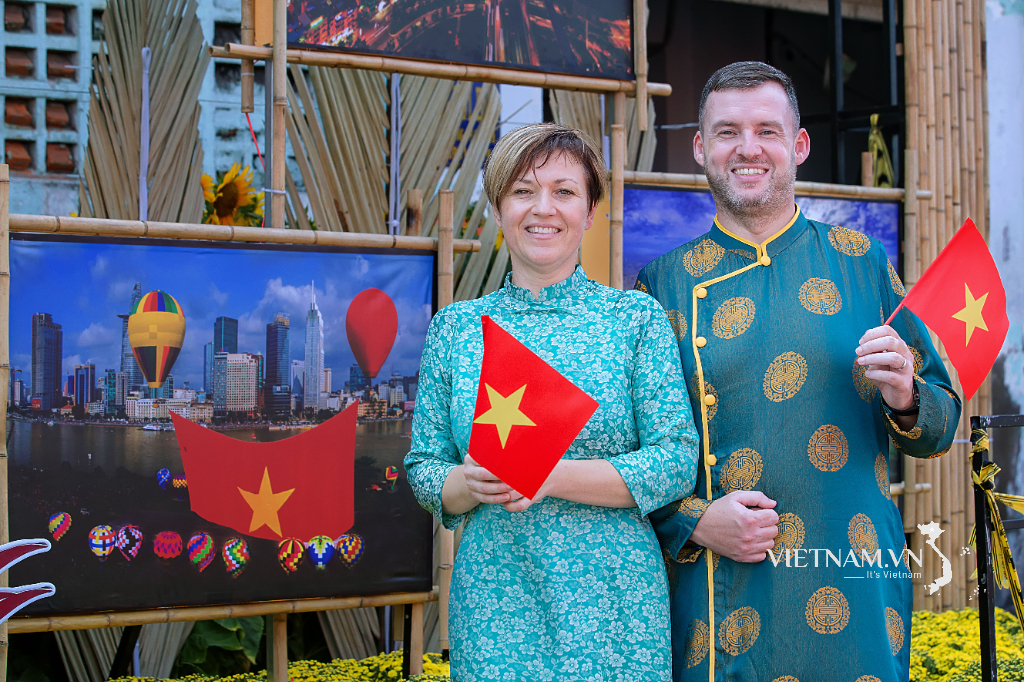


Comment (0)